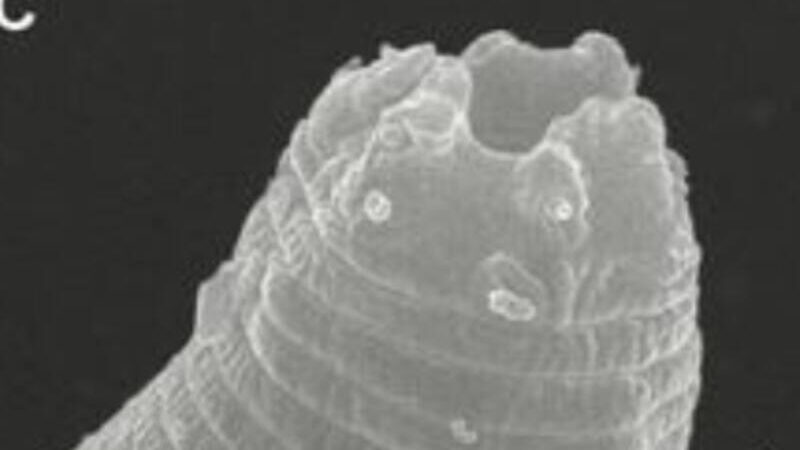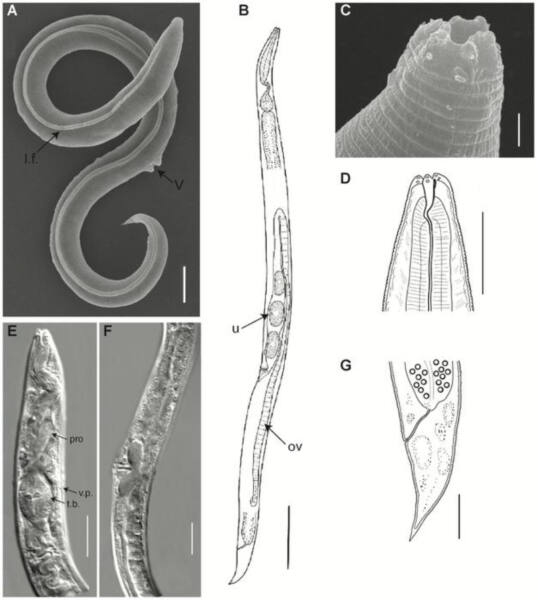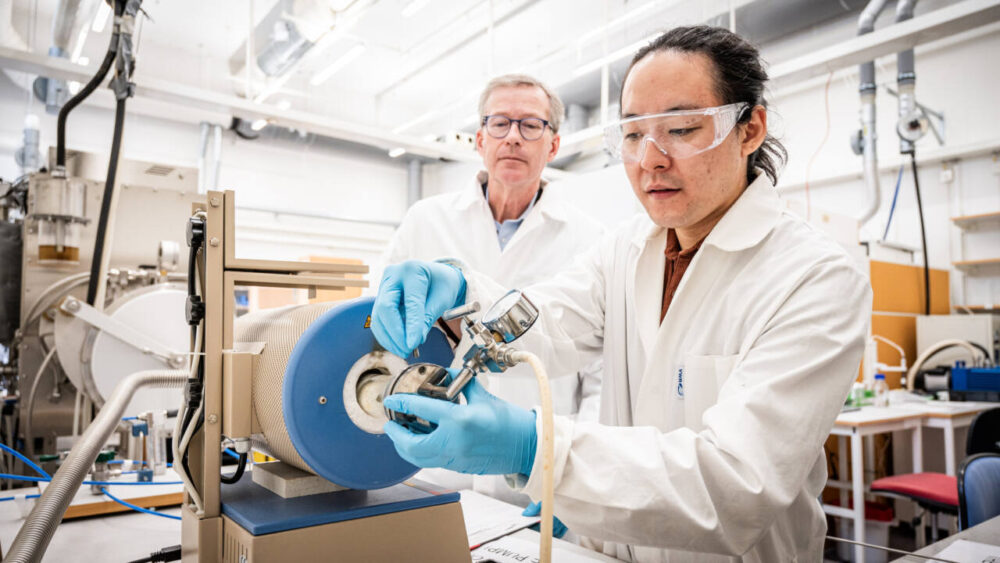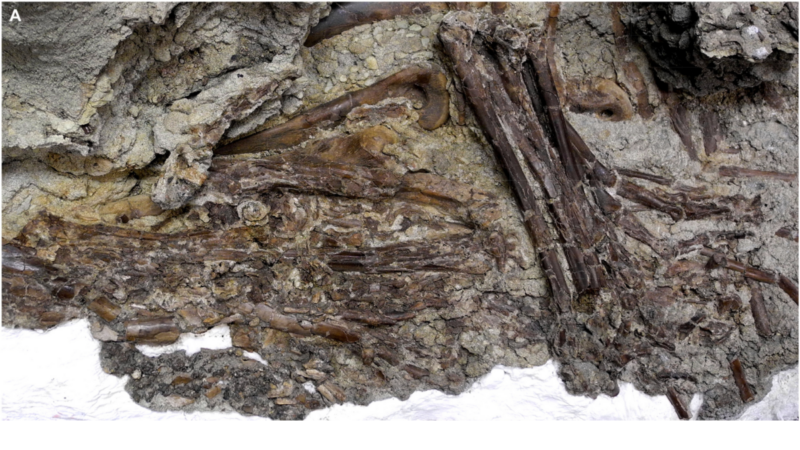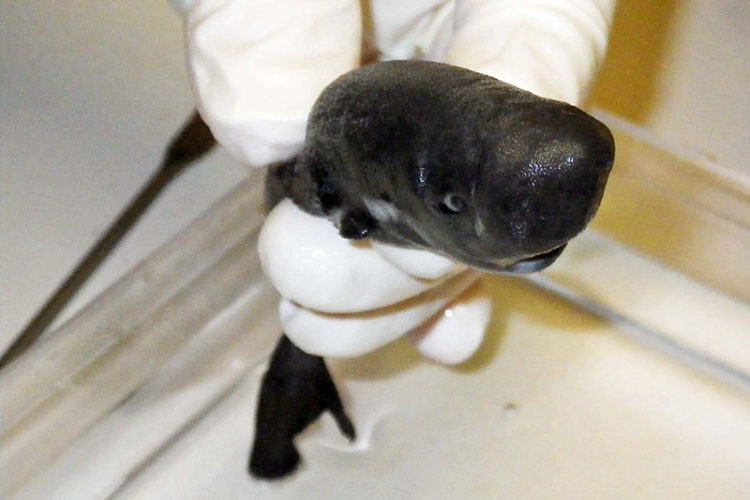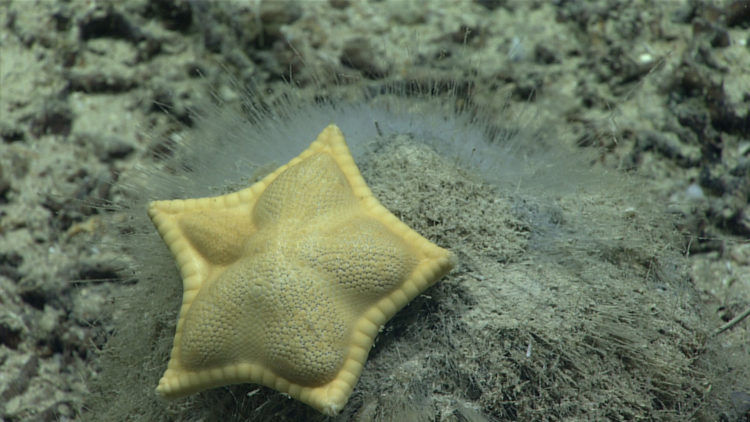Scientists have brought a 46,000-year-old worm back to life
It sounds like a plot from a cheesy creature feature, but this is no made-for-TV movie. Scientists have brought a 46,000-year-old worm back to life. The worm has been literally chilling in Siberian permafrost since the Upper Paleolithic period.
And, not only did they revive the worm, but the newly active creature promptly started having babies. This is because the female roundworm doesn’t need a mate to have babies. Instead, they can grow embryos via asexual reproduction, known as parthenogenesis.
Although the worm is known to be a nematode, it belongs to a previously undiscovered species. However, nematodes are far from rare. Scientists have identified over 25,000 types of nematodes. This Siberian roundworm has been given the binominal name of Panagrolaimus kolymaensis. It takes its species name from the Kolyma River in Russia, where the roundworm was discovered in permafrost.
MORE: Scientists discover mystery ‘golden egg’ on ocean floor
While coming back to life after being frozen for thousands and thousands of years might sound shocking, scientists have long known that cryptobiotic survival is possible for some species. Tardigrades, lobsters, ants and wasps have offered previous examples of this amazing survival skill.
Cryptobiosis (which translates to “hidden life”) is when an organism can slow down its metabolic activity to virtually zero, allowing it to exist in a state of suspended animation until conditions allow for it to restart its biological functions. (Such as when scientists come along and bring you to a warm lab to defrost).
While cryptobiosis has been studied before, the discovery of Panagrolaimus kolymaensis has shattered all previous records of known cryptobiotic survival.
“This study extends the longest reported cryptobiosis in nematodes by tens of thousands of years,” states a press release on the American Association for the Advancement of Science website. “By adapting to cope with extreme conditions, such as permafrost, for short periods of time, the nematodes might have gained the potential to remain dormant over geological timescales.”
You can read the full study here in the journal PLOS Genetics.
MORE: Marine scientists spot rare handfish not seen in 27 years


